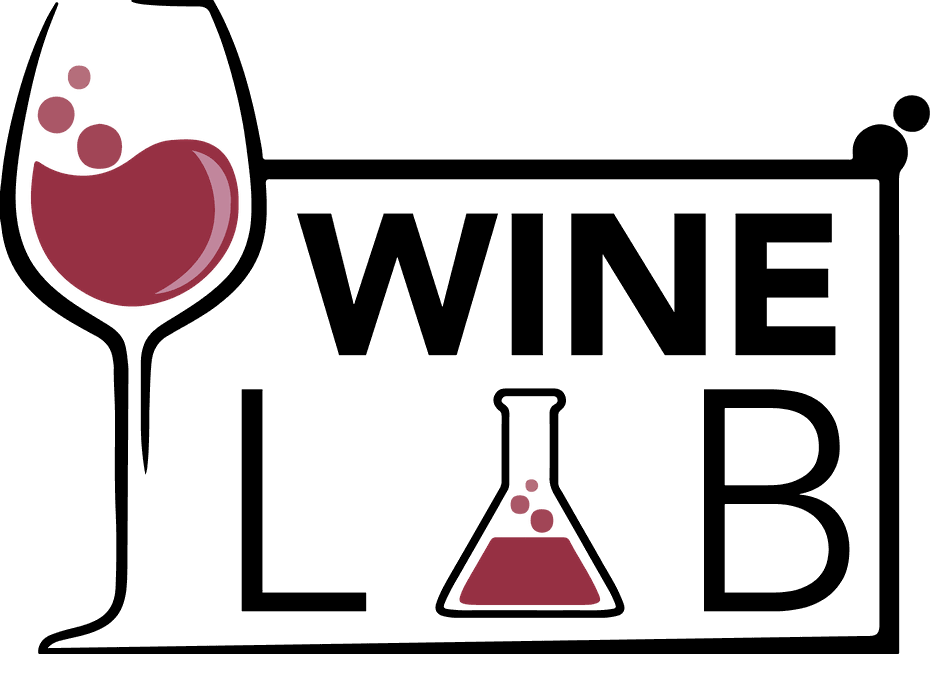Dealcoholization is the process of lowering the alcohol level of a wine to improve its balance or the create “nonalcoholic” ones. It is done by three basic processes: reverse osmosis (forcing the liquid through a dense membrane), a spinning cone (the wine is put in a stainless-steel column with nitrogen), or by watering back (adding water to the wine, although this is illegal in many regions). To be considered nonalcholic, the wine must have less than 0.5% alcohol.
Ariel winery from California uses Chardonnay and Cabernet Sauvignon grapes to produce oak aged nonalcoholic wines by the reverse osmosis method. After the juice is fermented with traditional winemaking techniques, a pump pushes the wine through a thin membrane that separates the alcohol and water from other components. This process is done around 10-20 times, concentrating the original liquid. Before bottling, fresh water is added, creating a product that offers the heart healthy benefits of wine with less than half the calories of a traditional bottle.
Author: Maytte Rivera



